We all know that Italy attracts millions of visitors a year – and even this summer, with the borders open to the rest of the European Union as well as a handful of other countries, millions are expected to take a holiday here, whether they're Italian residents staying local or people from neighbouring countries seeking some sun.
But while Italy isn't short of places to visit, travellers tend to flock to the same hotspots.
READ ALSO: Seven crowd-free alternatives to Italy's tourist hotspots
The cities of Rome, Venice and Milan alone hosted around 10 million overnight visitors last year each, according to Italy's national statistics office Istat, with 11.4 million check-ins in the capital, 9.9 million in Venice and 8 million in Milan. By region Veneto, Lombardy, Tuscany, Lazio and Trentino-Alto Adige (South Tyrol) are the most popular destinations for an overnight stay.
So what's at the other end of the list? If you're determined to escape the crowds, we've found the parts of Italy where only a tiny minority of tourists usually venture.
Here are the parts of Italy where fewest visitors go, as measured by the number of people who checked into tourist accommodation – including hotels, B&Bs, holiday rentals, camp sites and farm stays – in 2019.
The least visited Italian regions
5. Calabria
Calabria isn't just overlooked but positively maligned, with even Easyjet advertising it as a region left deserted by mafia activity and earthquakes.
With 1,896,326 check-ins in 2019, the southern region certainly isn't one of Italy's most visited, but it's a lot nicer than its reputation makes it sound. In fact almost every part of its coastline consists of breathtaking rocky beaches, especially around the Capo Vaticano: just avoid the popular resort of Tropea if you want some sea to yourself.
READ ALSO: Scilla, the jewel of Calabria's Violet Coast
On Italy's 'toe', the elegant city of Reggio Calabria houses one of Italy's finest collections of Ancient Greek artefacts in its archaeological museum, including the unmissable Riace bronzes of two warriors discovered underwater by a local diver.
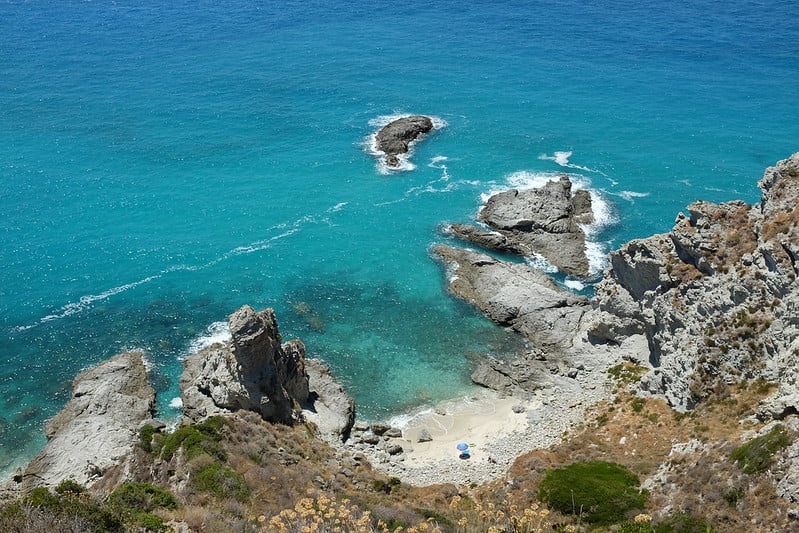
Praia I Focu beach near Capo Vaticano in Calabria. Photo: Alexander Van Loon – CC BY-SA 2.0, Flickr
4. Abruzzo
Rugged Abruzzo is popular with Italian tourists but hasn't made its way onto most international visitors' radar – yet. Just 1,643,166 overnight stays were recorded in 2019, three years after the earthquakes that devastated parts of central Italy in summer 2016 and from which many towns are still rebuilding.
READ ALSO: Pescocostanzo, Abruzzo's 'City of Art'
In winter its steep slopes are a far cheaper alternative to the Alps, while in summer there's scenic hiking through mountain meadows sprinkled with wildflowers. Meanwhile its long, sandy beaches are a less crowded version of the more famous sections of the Adriatic Coast.
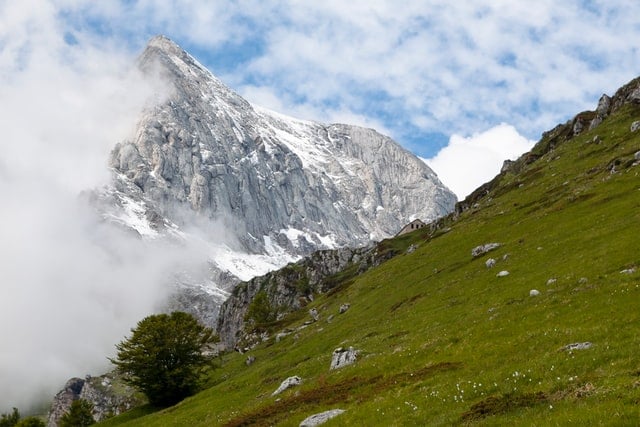
Gran Sasso in Abruzzo. Photo: Lorenzo Lamonica/Unsplash
3. Valle d'Aosta
Italy's smallest region, in the north-west Alps, gets its fair share of visitors in ski season but tourists drop off in the summer months: 1,270,306 people checked in last year.
READ ALSO: Courmayeur, skiing and more in the shadow of Mont Blanc
Yet Aosta's steep valleys are worth a visit year round, with wildlife to see in the Gran Paradiso National Park and hiking, climbing and canoeing replacing winter sports. The combined French-Italian influence has also given the region a delectable wine trail.
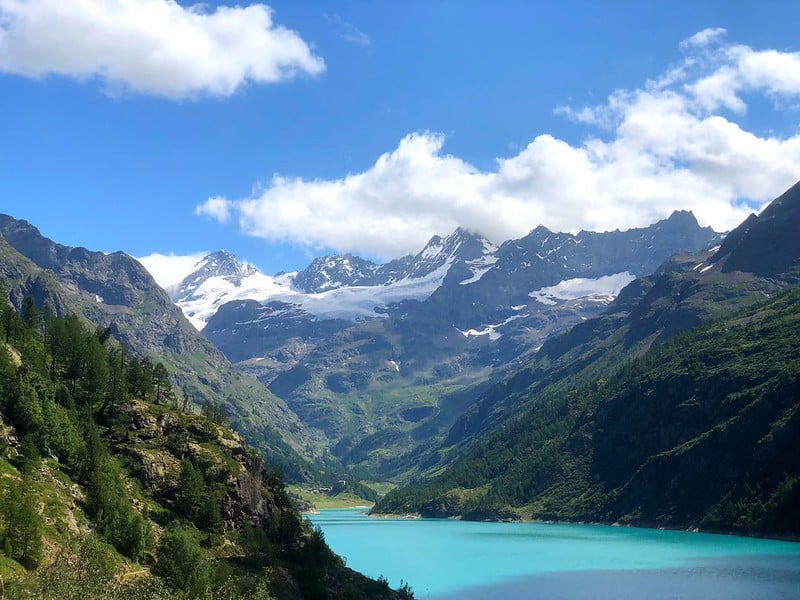
Lago di Place Moulin, Valle d'Aosta. Photo: Joan – CC BY-NC 2.0, Flickr
2. Basilicata
The 'arch' of Italy's boot, Basilicata stretches from the Apennine mountains to the Tyrrhenian and Ionian Seas. The region, one of Italy's poorest, has long been overlooked by tourists but is gradually coming to international attention thanks to its cave city of Matera, a Unesco World Heritage site and last year's European Capital of Culture.
READ ALSO: Matera, Italy's city of caves, contrasts, and culture
Even despite the accolade, only 944,108 people made an overnight stay in 2019 – and that's after tourist numbers more than doubled in the past decade.
If you go, remember to venture beyond Matera and check out its craggy mountain landscapes in the huge Pollino National Park, as well as the rocky Tyrrhenian coast and its gorgeous resort of Maratea, an emptier version of the Amalfi coast.
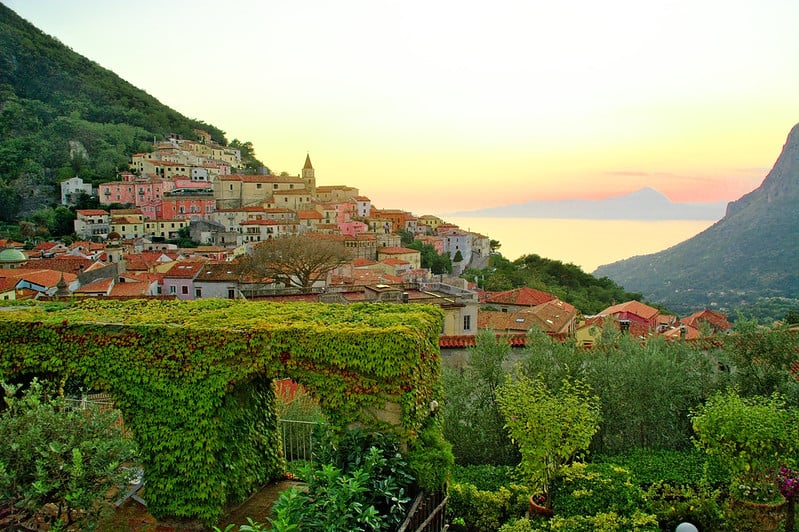
Maratea in Basilicata. Photo: Silvio Sicignano – CC BY-SA 2.0, Flickr
1. Molise
At the bottom of the list, by quite a way, is the little central region of Molise. With just 136,757 check-ins last year, the entire region attracts fewer overnight visitors than most Italian towns. (In fact one village recently offered free accommodation in abandoned houses in a bid to get on the tourist map.)
READ ALSO: Seven reasons Molise (yes, Molise) is Italy's best kept secret
It may be a running joke in Italy that Molise doesn't exist, but venture to this patch between Abruzzo and Puglia and you'll be rewarded with rugged mountains, sandy beaches and hearty country fare.
Look out for the tratturi, ancient shepherds' paths that now make great hiking trails, as well as the crab-like trabucchi fishing huts that line this part of the Adriatic Coast.
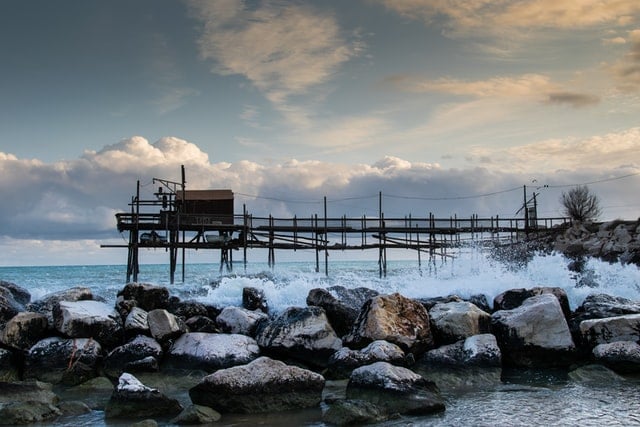
Fishing huts by Termoli in Molise. Photo: Matteo Grimaldi/Unsplash
The least visited Italian provinces
If you want to narrow it down further, here are the only ten provinces in Italy that got fewer than 150,000 visitors last year: you might be surprised to see that some of them are hidden within Italy's most popular tourist regions.
10. Lodi, Lombardy
This quiet town near Milan boasts one of Italy's most beautiful squares, the porticoed Piazza della Vittoria, yet the province had just 142,064 people checking in last year.
READ ALSO: Six delightful day trips within easy reach of Milan
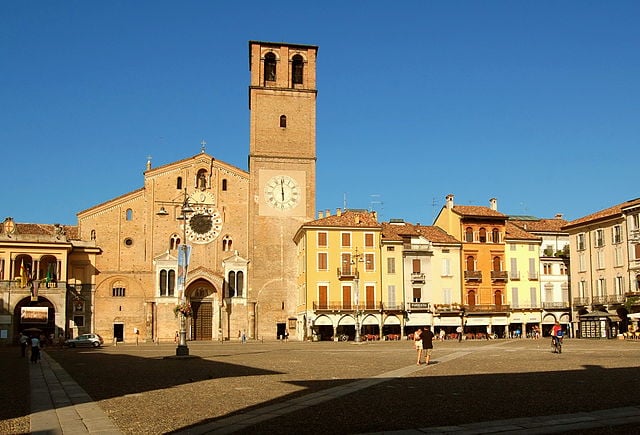
Piazza della Vittoria in Lodi. Photo: Gabriele Zuffetti – CC BY-SA 3.0, Wikimedia Commons
9. Avellino, Campania
Inland from Naples and ringed by mountains, Avellino is a great destination for outdoors types with trekking through waterfalls to Lake Laceno and even skiing in winter. It had just 126,522 overnight visitors last year.
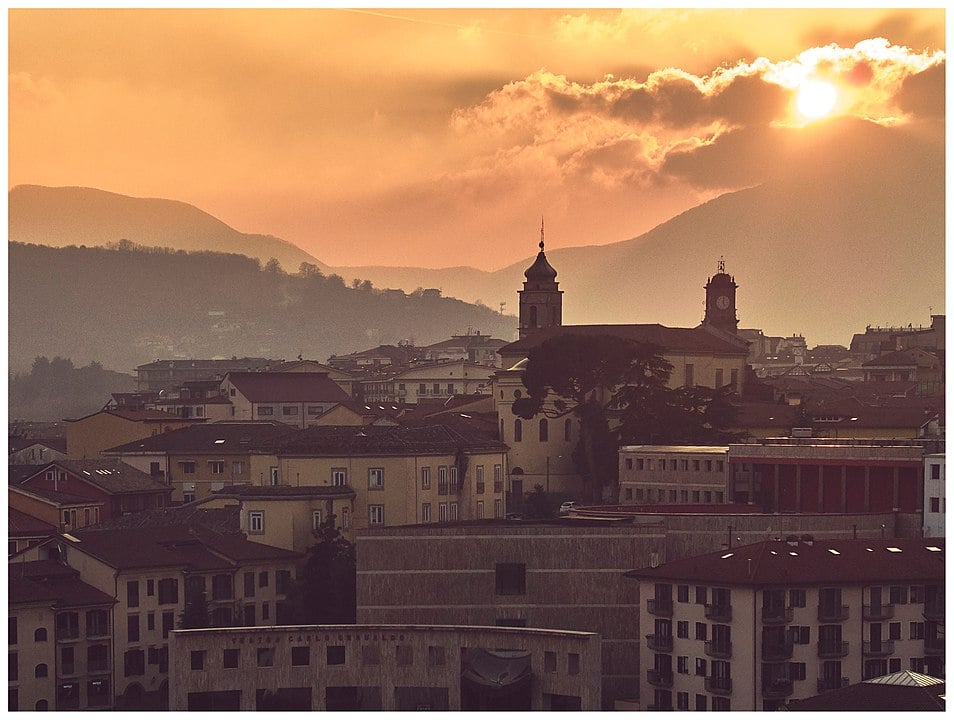
Sunset over Avellino. Photo: Costangelopacilio – CC BY-SA 4.0, Wikimedia Commons
8. Campobasso, Molise
Running from mountains to coast, this province (104,126 check-ins last year) has castles, archaeological sites, nature reserves, lakes and forests.
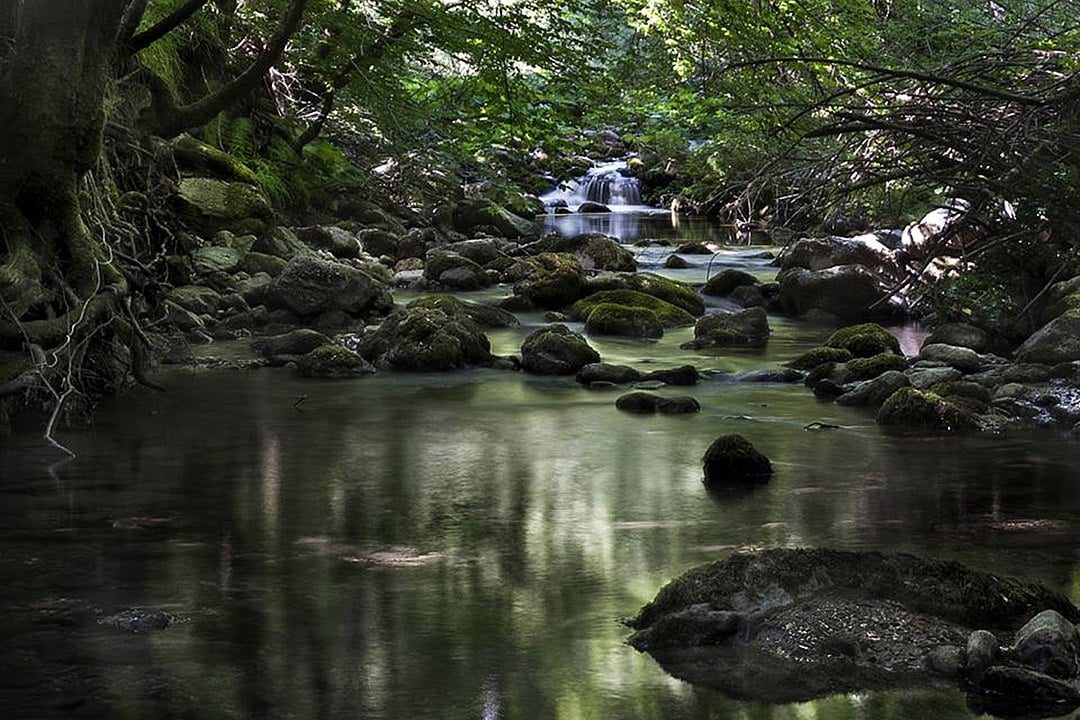
The Guardiaregia-Campochiaro nature reserve in Campobasso. Photo: Nico72 – CC BY-SA 3.0, Wikimedia Commons
7. Vercelli, Piedmont
At the foot of the Italian Alps and their famous ski resorts, the Po Valley plains of Vercelli are a green blanket of rice paddies. Just 102,134 people stayed there in 2019.
READ ALSO: Lonely Planet picks Piedmont as the world's top region to visit
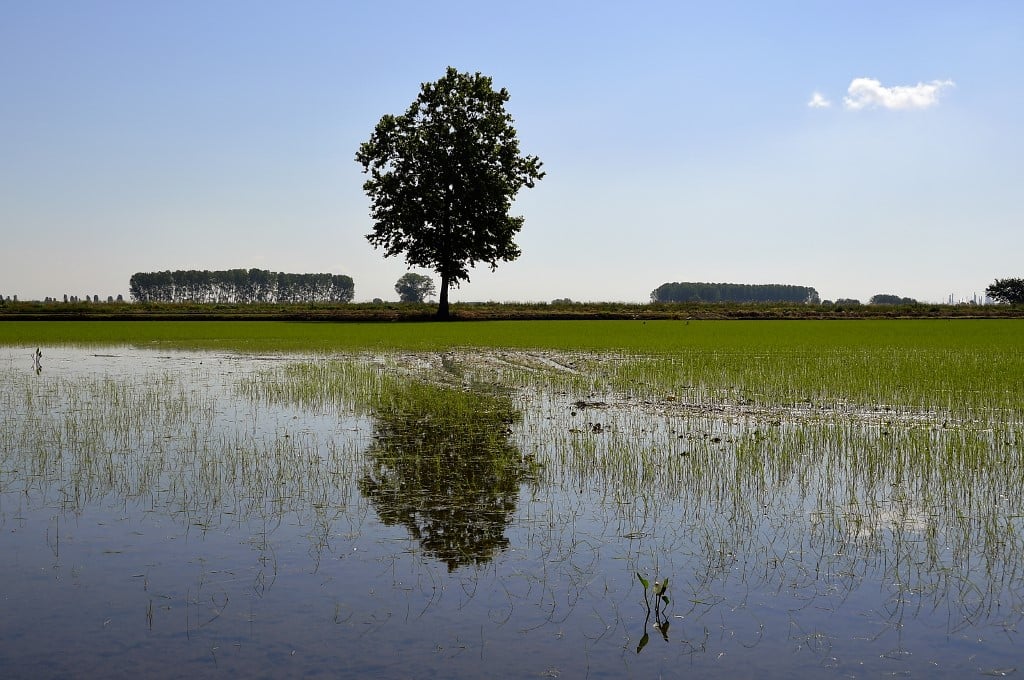
The rice paddies of Vercelli. Photo: Olivier Morin/AFP
6. Biella, Piedmont
Despite boasting medieval villages, dramatic castles, picturesque mountains and even a Unesco World Heritage Site in the Sacro Monte di Oropa sanctuary, this province near Turin attracted fewer than 100,000 overnight visitors last year (90,964).
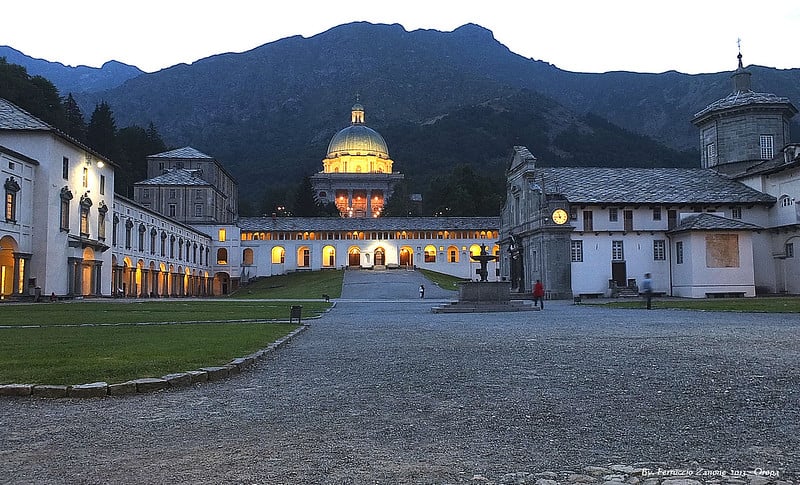
Oropa sanctuary in Biella. Photo: Ferruccio Zanone – CC BY-SA 2.0, Flickr
5. Benevento, Campania
North-east of Naples, Benevento's history goes all the way back to the Romans, and then even further. But it's largely overlooked by visitors: just 79,322 stayed overnight there last year.
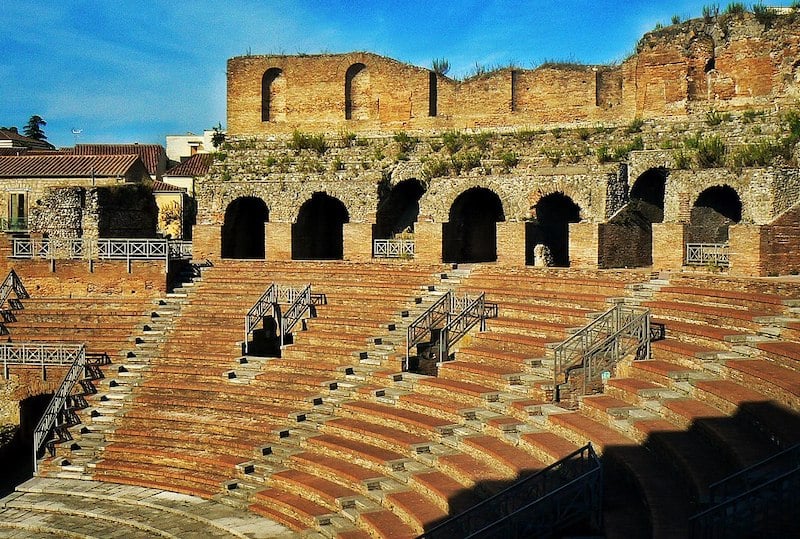
Benevento's Roman amphitheatre. Photo: Ilsorridente – Own work, CC BY-SA 4.0, Wikimedia Commons
4. Enna, Sicily
Overlooking the valleys of central Sicily, the hilltop town of Enna may not have the sea but it does have dramatic panoramas and cooler air – as well as a nearby saltwater lake. Only 71,468 visitors made it to the province last year.
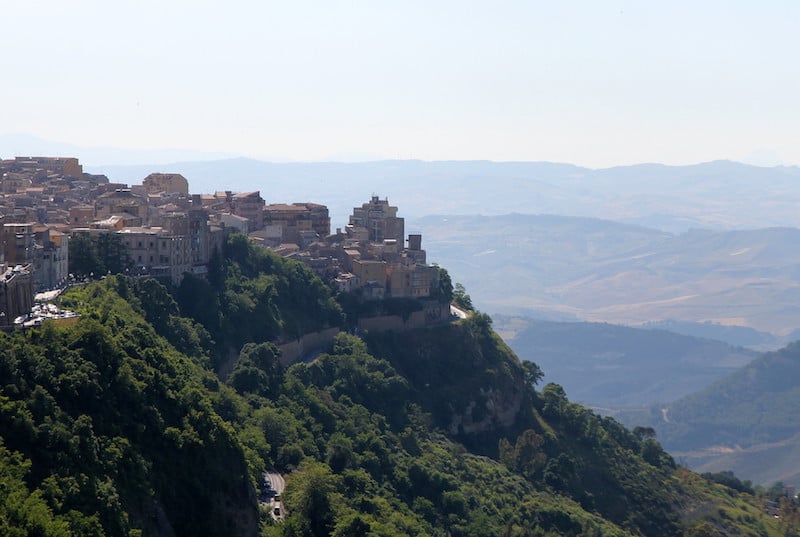
A dramatic view over Enna. Photo: Pierre Metivier – CC BY NC 2.0, Flickr
3. Caltanissetta, Sicily
Another province in the Sicilian hinterland, Caltanissetta reaches from the centre of the island to the southern coast. Despite ancient ruins, mountain fortresses, Baroque architecture and picture-perfect beaches, just 61,437 people stayed overnight there last year, which we can only explain by the fact that visitors to Sicily are spoiled for choice.
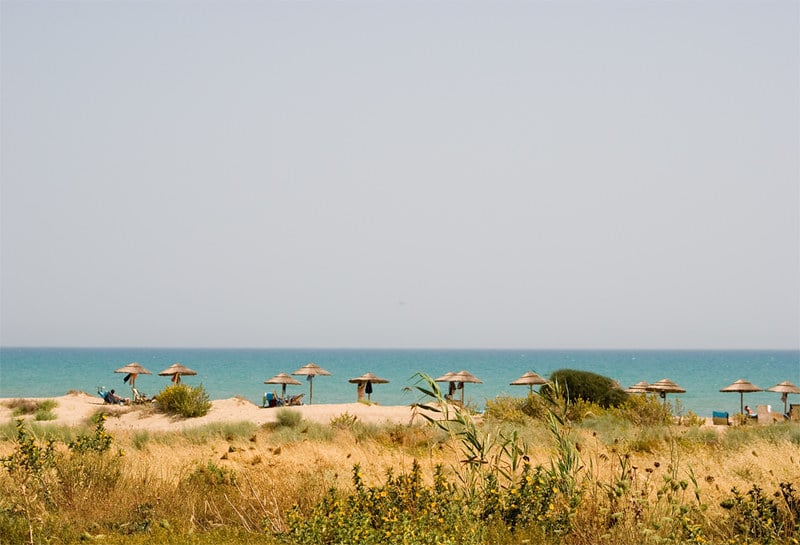
The beach at Butera in Caltanissetta. Photo: Federica F – CC BY SA 2.0, Flickr
2. Rieti, Lazio
Less than two hours' drive from Rome lies Rieti (check-ins: 53,686), a province strung across mountains, dotted with lakes and nature reserves, and a world away from the capital. The province, which includes the devastated town of Amatrice, is slowly rebuilding after the 2016 earthquakes.
READ ALSO: Ten must-see places within reach of Rome
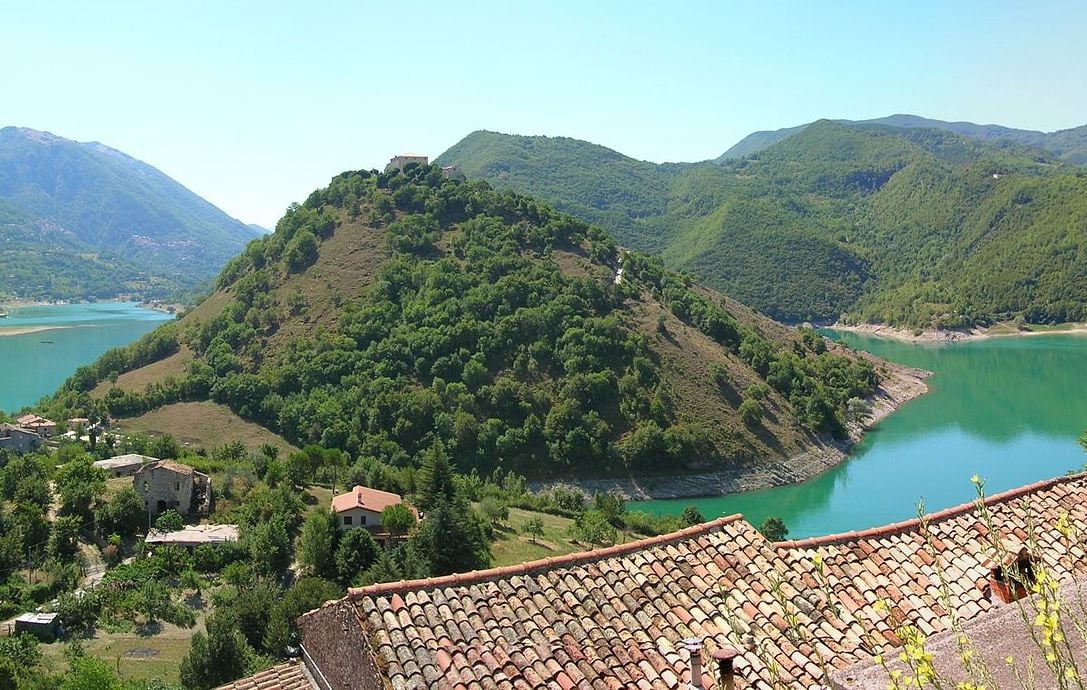
Castel di Tora in Rieti. Photo: Patafisik – CC BY 3.0, Wikimedia Commons
1. Isernia, Molise
Where else could the least visited province in Italy be but in its least visited region? A mere 32,631 visitors stayed overnight in Isernia last year, most of them Italian. Even more overlooked than Molise's other province – the region only has two – Isernia and its mountains, tratturi trails and nature reserves offer plenty of outdoor space for the few visitors who venture there.
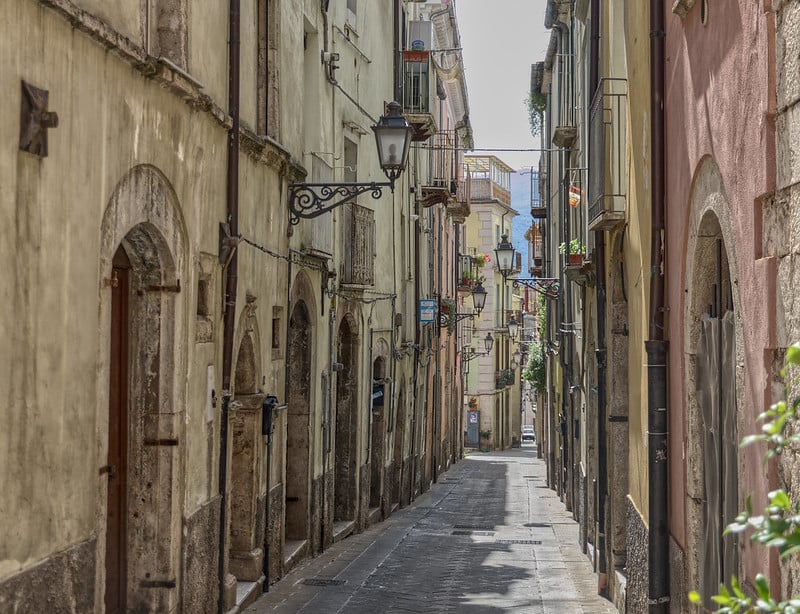
An empty street in Isernia town. Photo: gkarelitsky – CC BY-NC-ND 2.0, Flickr
MORE TRAVEL:
- 'Venetians want you to know and experience their city': A crowd-free weekend in Venice
- In search of silence in the Casentino forest
- The secret valley in South Tyrol that's perfect for summer
All data from 2019, provided by national statistics institute Istat.



 Please whitelist us to continue reading.
Please whitelist us to continue reading.
Benevento is definitely worth an overnight stop.it has a lot of history and good restaurants. The highway that runs by is a good bypass between autostrada from Roma A1 to A14 to Bari.